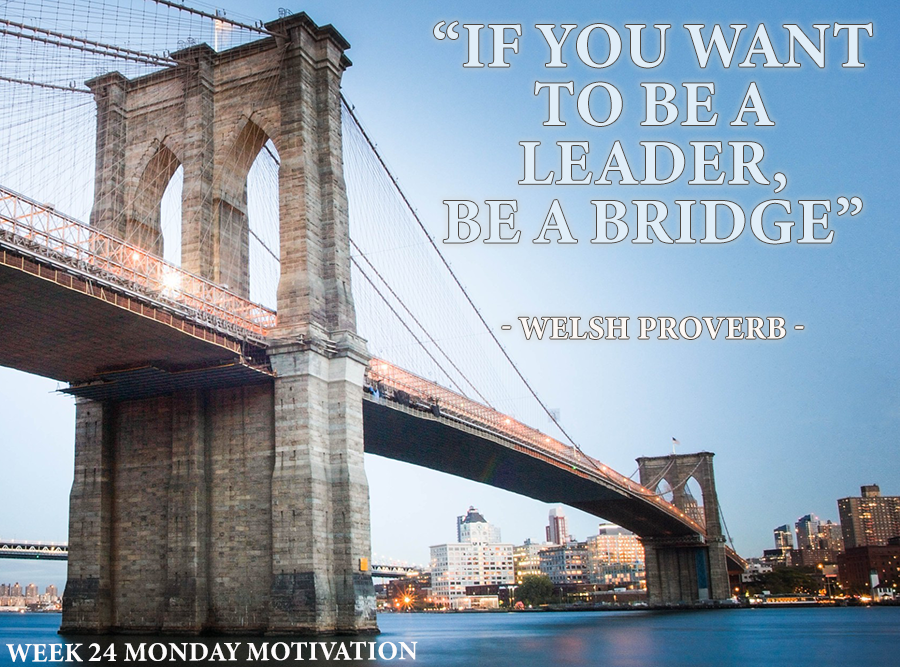Piute County School District,
New York City is a landlocked city. In the mid-1800’s, the only way the city could provide housing for its workers was to provide dozens of ferries across the rivers to outlying cities. Following the Civil War there was an immense desire to connect New York City to Brooklyn with a bridge. It could be said that the construction tactics in those days were not up to such an immense project. Critics said the span was too wide, the wind speeds were too high, and the ships that traveled the East River were too tall.
A German Immigrant named John A. Roebling believed he was the one that would make the bridge a reality. He had built a number of small bridges and had started a wire making company for suspension bridges. There was only one part of bridge building John did not feel he knew enough about to build the Brooklyn Bridge. It included using caissons to build the bridge tower foundations. Caissons were used across Europe and so John sent his son Washington Roebling to Europe to learn about them.
A caisson is like a huge wooden box placed upside down in the water. With large steel access pipes leading back above water, workers could dig the foundation of a bridge without drowning. The process for building a caisson, placing it in the water just right, and digging it down to bedrock, required an extensive amount of engineering. When Washington came back from Europe he was prepared to instruct his father how they could use caissons to build the Brooklyn Bridge. It would be the largest single span bridge in the world by a large margin. It’s caissons would dwarf anything Washington saw in Europe.
It literally took an act of congress to get approval for the bridge project to begin. John Roebling was named the chief engineer. Tragically, six months into the project John took a bad step on the construction site and his foot was crushed. He developed tetanus and died shortly after. His son, Washington, as the only well-known engineer nearby with any knowledge of caissons was appointed chief engineer in his place.
The foundation for the world's tallest and longest bridge had to also be the deepest. Workers spent 7 hours a day digging 70 feet under water in the caissons at one point. Air pressure is very different in those conditions and when workers came back above ground they would frequently get what we call “the bends” today. Many died as a result of working in such conditions. Washington Roebling spent as much time in the caissons as anyone and soon the effects took a toll on him. Confined to his home in terrible pain, his wife Emily became the mediator between the chief engineer and the hundreds of workers that needed him.
It took 13 years for the bridge to be completed, at which time Washington Roebling was still not in a condition to celebrate it. It would be years after the bridge was completed before Washington would feel well enough to walk on it. The bridge was exactly the success that everyone knew it would be if it could be done. Not long after the bridge was completed, Brooklyn became a more populated city than New York.
For nearly 140 years the bridge has stood as a marvel of engineering. Engineers today insist it has less problems than the many modern bridges that have been built along the same river since. They also insist that with proper maintenance it is likely to last forever. The world’s largest bridge for 20 years came at the cost of many lives, including the original chief engineer. Only by the sheer determination of the Roebling family did the dream of connecting Brooklyn and New York happen.
When two men walked on the moon in 1969, the nation celebrated. At that time an elderly Brooklyn woman was heard saying, “this isn’t near the celebration we had when we finished the Brooklyn Bridge.”
I’m confident there are still many things the world believes are impossible that the next generation will prove to be possible. I can think of no more enjoyable work than instilling in the hearts of the rising generation, the same fire and determination as the Roebling family.
Have a great week 24,
Koby
Note: The story of the Brooklyn Bridge is much deeper than I can summarize in a few paragraphs. David McCullough tells the story well in his book The Great Bridge: The Epic Story of the Building of the Brooklyn Bridge
